Babies can typically sit in a stroller without a car seat once they have strong head and neck control—often around ~4–6 months. Always ensure the stroller offers proper support and a five-point harness for safety (AAP, updated 2022-08-11; see CDC milestone checklists, updated 2025-08-18).
When can your baby sit in stroller without car seat? Learn the key milestones (usually 4–6 months) and safety tips for transitioning your little one comfortably! (CDC milestones, 2025-08-18)
When can baby sit in stroller without car seat? It’s a question I hear all the time from new parents. The answer depends on your baby’s development rather than their age. Most babies show readiness around 6 months—and some as early as about 4 months—once head and neck control are steady (CDC milestone materials, 2025-08-18). Here’s what to look for:
- By 2 months, babies start lifting their heads during tummy time (CDC, page & photos/videos).
- At 3 to 4 months, they hold their heads steadier when sitting with support (CDC, 4-month milestones).
- By around 5 to 6 months, many have strong head control and can push their chest up while lying down (CDC, 6-month milestones).
These milestones are key indicators of when your little one might be ready to ditch the car seat in the stroller. If you’re unsure, always check with your pediatrician.
Key Takeaways
- Check if your baby can control their head and neck. They need to hold their head steady before using a stroller without a car seat (CDC milestone checklists, 2025-08-18).
- Notice if your baby can sit up alone. If they can, they might be ready for the stroller (CDC: many babies sit without support by ~9 months—see examples, 2025-06-11).
- Pick a stroller with safety features like a five-point harness and seats that recline to keep your baby safe and comfy. Choose models that comply with the U.S. stroller standard (16 CFR Part 1227 / ASTM F833-21).
Developmental Milestones for Stroller Readiness
Importance of head and neck control
When I think about stroller readiness, the first thing that comes to mind is head and neck control. It’s such a big deal for babies! Without strong head control, their heads might flop forward, which could make breathing harder or even lead to injuries.
Most babies start holding their heads steadier around 3 to 4 months, but every baby is different. Watch for signs during tummy time or when sitting with support (CDC milestones: 4 months). If your little one can hold their head up without wobbling, that’s a great sign they’re getting closer to being ready for the stroller without a car seat.

Signs of postural balance and muscle strength
Postural balance is another key milestone. Babies need to stay stable while sitting to avoid leaning too much, which could make them uncomfortable or unsafe. I’ve noticed that babies with good muscle strength can sit upright without slumping.
Preterm infants may reach these milestones later; track development using corrected age and discuss timing with your pediatrician (AAP, updated 2023-04-26).
Sitting unassisted as a readiness indicator
Sitting unassisted is a huge milestone! Many babies start leaning on their hands to sit around 6 months and can sit without support by about 9 months (CDC examples, 2025-06-11). If your baby can sit unassisted, it’s a clear sign they’re ready to sit in a stroller without a car seat. Just keep an eye on them during the first few outings to ensure they’re comfortable and safe.
How to Assess When Baby Can Sit in Stroller Without Car Seat
Testing head control and neck strength
One of the first things I check when deciding if a baby is ready for a stroller without a car seat is their head and neck strength. Babies need to hold their heads steady without wobbling.
Tummy time is a great way to observe this. If your baby can lift their head and keep it up during tummy time or while sitting in a high chair, that’s a good sign they’re on track.
Professionals may use simple observations to evaluate head control. Here are common examples:
| Test Name | Description |
|---|---|
| Pull-to-sit (head lag) | Evaluates head control as the baby is gently pulled to sit from lying down. |
| Neck tone observation | Checks neutral head alignment and ability to turn the head side-to-side. |
| Prone extension / tummy time push-up | Observes lifting the head and chest while lying on the tummy. |
These checks can help you understand progress. When in doubt, ask your pediatrician.
Observing postural balance during daily activities
Postural balance is another biggie. Watch how babies move during playtime. Are they sitting upright without slumping? Do they seem stable when they reach for toys? These little moments can tell you a lot about their muscle strength and balance.
Some tools, like an instrumented play gym, can measure postural control—but simple observations work just as well. If your baby can sit up straight and stay balanced, they’re likely ready for the stroller.
Consulting a pediatrician for personalized advice
When in doubt, I always recommend talking to your pediatrician. They can assess your baby’s development and give you personalized advice. Every baby grows at their own pace, so it’s okay if yours isn’t ready yet. Your doctor can also help you decide if your stroller is the right fit for your baby’s size and weight. After all, safety comes first!
Safety Tips for Switching to a Stroller

Picking a stroller with safety and comfort features
Choose strollers with a five-point harness, reliable brakes, and a reclining seat (AAP, 2022-08-11). Verify the stroller complies with the U.S. federal stroller/carriage standard (16 CFR Part 1227; ASTM F833-21).
Reclining seats are helpful—babies building sitting skills may need a tilt for support. Shock-absorbing wheels make rides smoother on rough paths. A canopy helps with shade and weather. Always check the stroller’s age and weight limits to ensure it’s safe for your baby.
Setting up the stroller for the first use
Before using the stroller, check it for any damage. Secure your baby with the harness so they’re snug but comfy. Adjust the seat angle based on their age and head control—young babies do best slightly reclined. Lock the brakes whenever the stroller isn’t moving and avoid hanging heavy bags on the handles to prevent tipping. If your baby falls asleep in the stroller, move them to a firm, flat sleep surface on their back as soon as possible (AAP safe sleep guidance).
Staying safe during outdoor trips
Outdoor trips are fun, but safety matters most. Keep your baby in the shade (infants <6 months), dress in lightweight long sleeves and a brimmed hat, and consider a mosquito net over the stroller.
If walking on grass or wooded areas, check for ticks afterward and remove any promptly (CDC tick prevention tips, 2024-08-28). Always watch your baby closely, especially in crowds, and stick to smooth paths to avoid bumpy rides.
Practical Tips for Transitioning to a Stroller Without a Car Seat

Gradual introduction to the stroller
When I transitioned my baby to a stroller without a car seat, I took it slow. Babies need time to adjust to new experiences, and a stroller is no exception. I started by letting my baby sit in the stroller indoors. This gave her a chance to explore the new environment without distractions like noise or weather. I’d buckle her in, talk to her, and even push the stroller gently around the house. These short sessions helped her feel comfortable.
Once she seemed at ease, I moved to short outdoor strolls. I kept these outings brief—just a walk around the block or a trip to the park. Gradually, I increased the duration as she got used to it. This step-by-step approach worked wonders for us.
Using familiar comfort items like toys or blankets
I found that bringing along familiar items made a big difference. My baby loved her soft blanket and a small stuffed bunny. These comfort items helped her feel secure in the stroller. I’d tuck the blanket around her and let her hold the bunny during our walks.
Sometimes, I’d attach a favorite toy to the stroller bar to keep her entertained. It’s amazing how these little things can make a new experience feel less intimidating.
Ensuring constant supervision during initial outings
Supervision is key, especially during those first few stroller rides. I always kept a close eye on my baby to make sure she was comfortable and safe. I’d check her posture, adjust the harness if needed, and watch for signs of discomfort. If she seemed fussy or tired, I’d stop and take a break. Staying attentive not only kept her safe but also helped me understand her needs better.
If you’re wondering, “when can baby sit in stroller without car seat?” remember that every baby is different. Taking these small steps can make the transition smoother and more enjoyable for both you and your little one.
When can a baby sit in a stroller without a car seat? It depends on how developed they are, not just their age. Parents should check for strong head control, good balance, and the ability to sit up. Safety is very important, so pick a stroller with the right features and make sure your baby is seated properly. If you’re not sure, talk to your pediatrician. They can help you figure it out!
FAQ
Can I use a stroller without a car seat for a newborn?
No. Newborns need a fully reclined stroller seat, bassinet attachment, or an infant car seat compatible with the stroller. Upright stroller seats aren’t appropriate until your baby can sit with good head control (AAP stroller guidance, 2022-08-11).
What type of stroller is best for transitioning?
Look for one with a reclining seat, five-point harness, and good padding. These features keep your baby safe and comfortable during the transition (AAP, 2022-08-11). U.S. models should comply with 16 CFR Part 1227.
How can I tell if my baby is uncomfortable in the stroller?
Watch for signs like fussiness, slouching, frequent head tilting, or arching. If they seem unhappy, adjust their position, recline more, or take a break. If your baby falls asleep, move them to a firm, flat sleep surface on their back as soon as possible (AAP safe sleep, accessed 2025).
Conclusion
Knowing when your baby can sit in stroller without car seat depends on their development, not just age. Many babies are ready around ~6 months, but always prioritize safety by checking head control, stability, and stroller suitability (CDC milestone checklists, 2025-08-18; AAP stroller guidance, 2022-08-11).


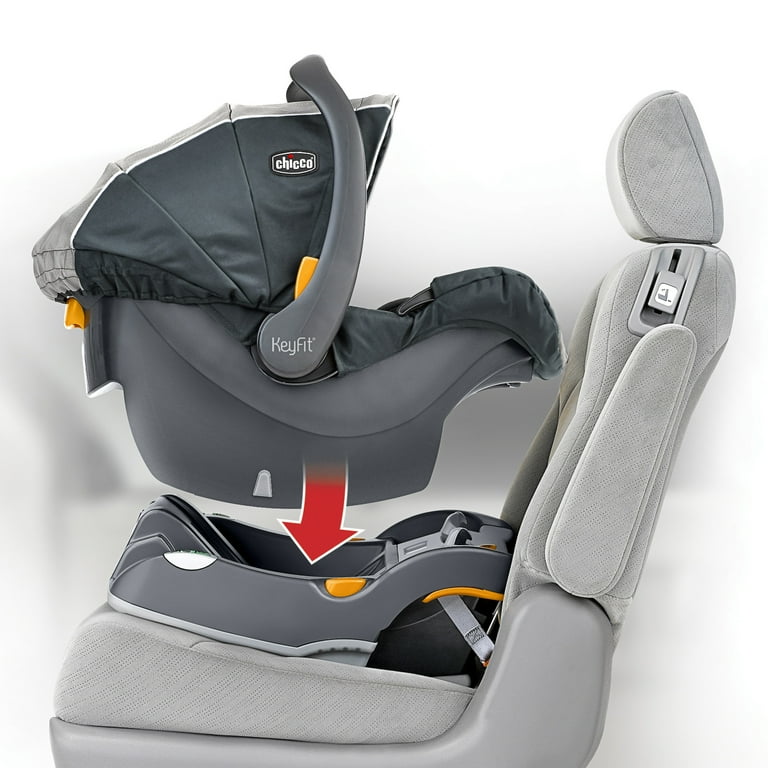


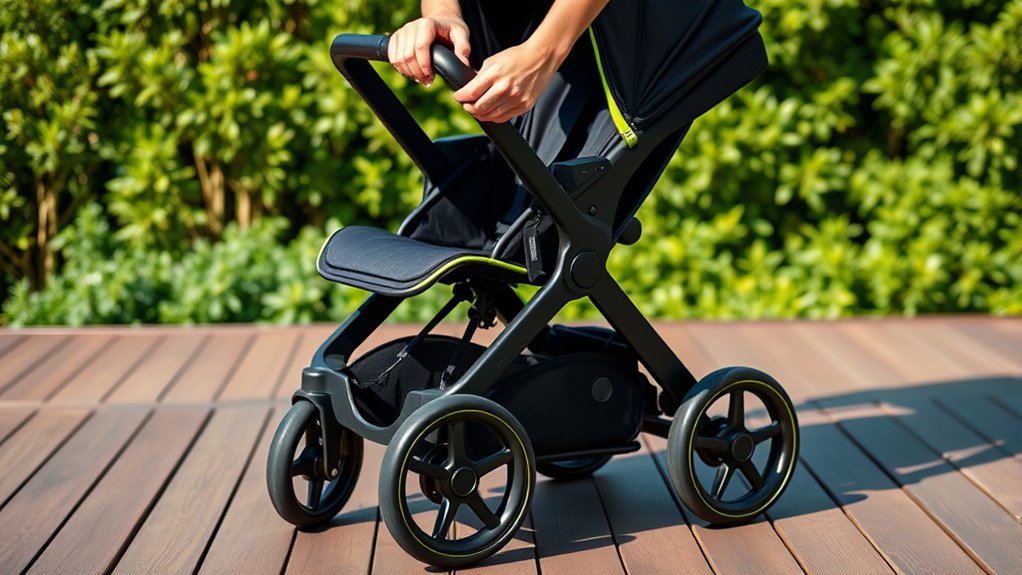
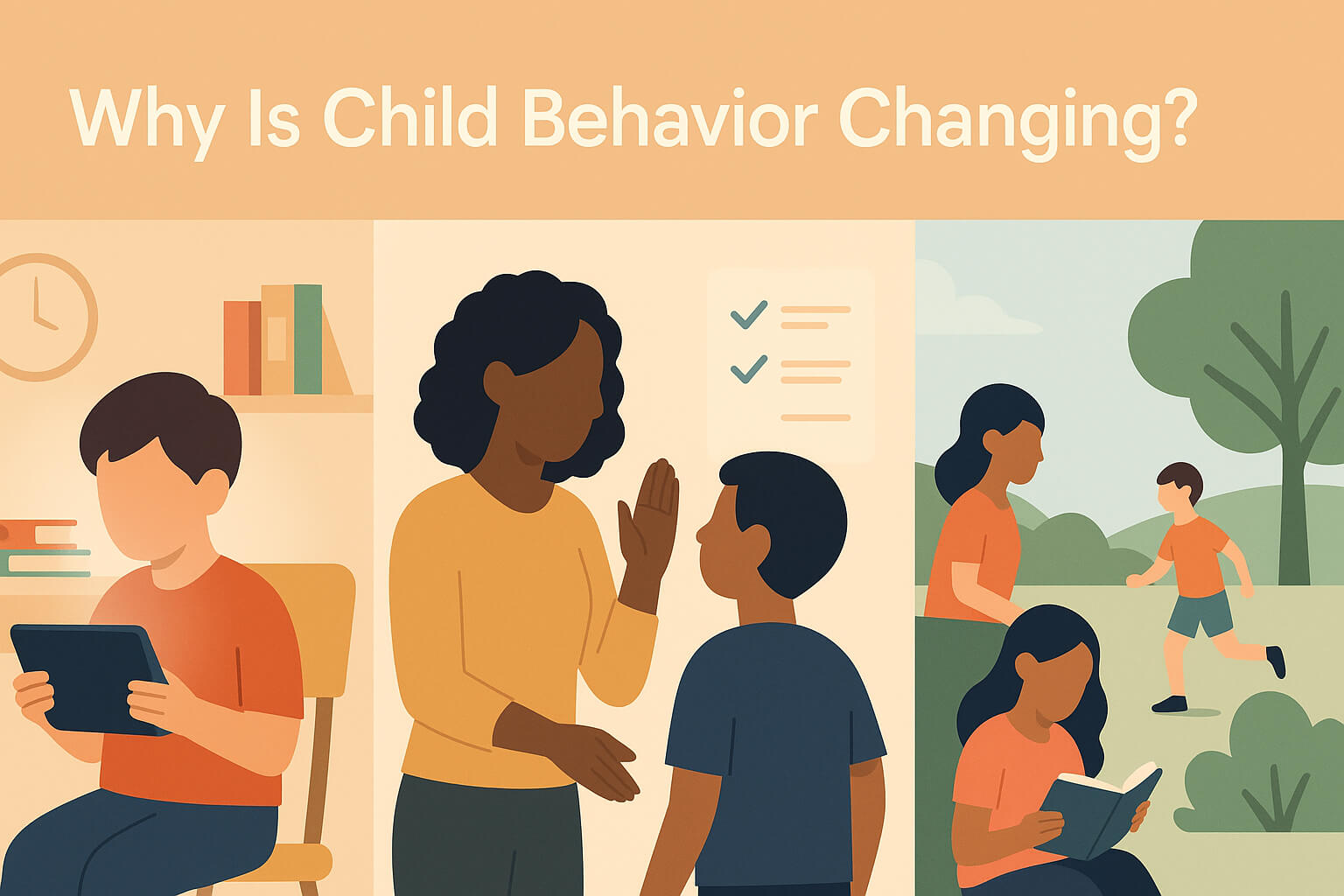
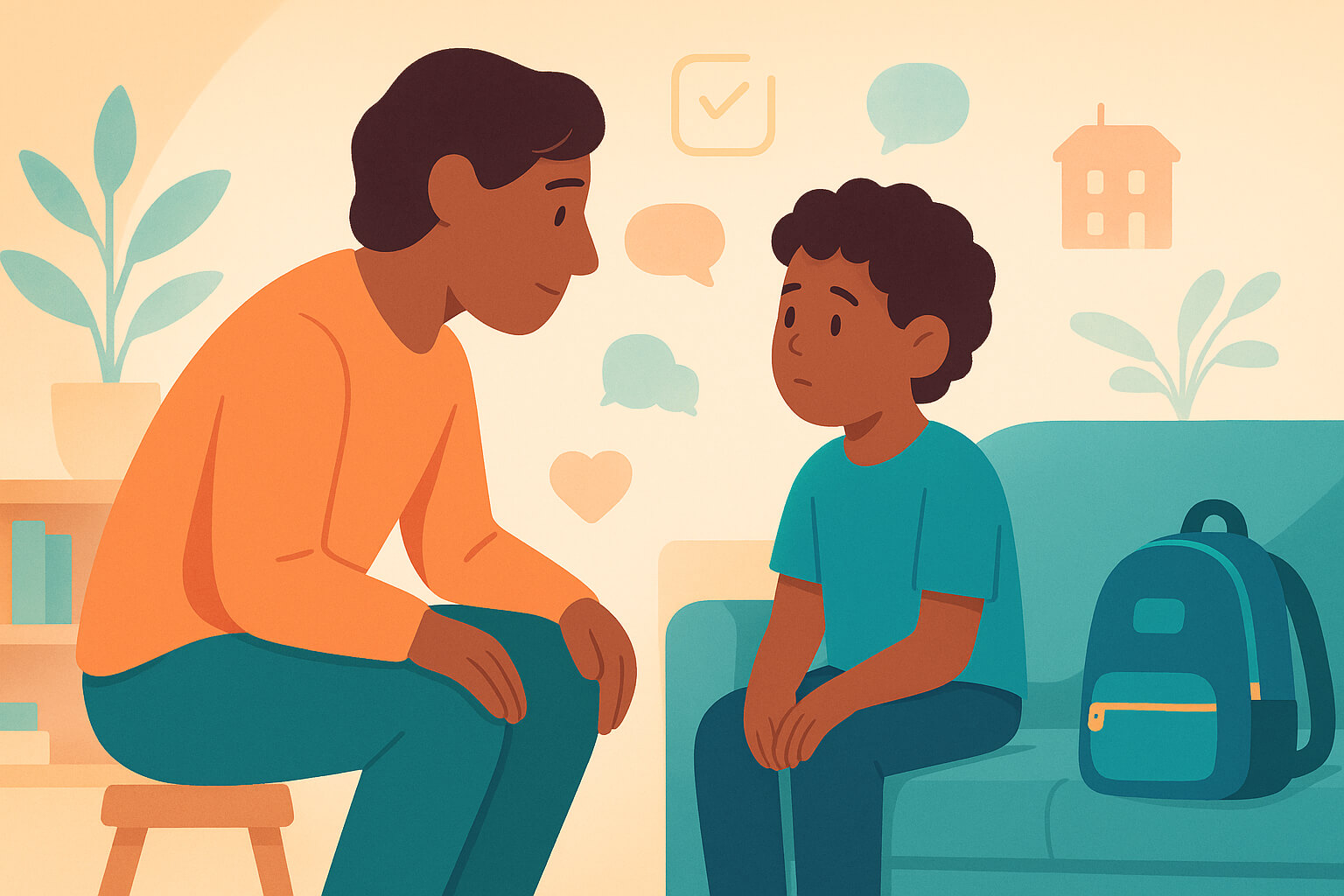
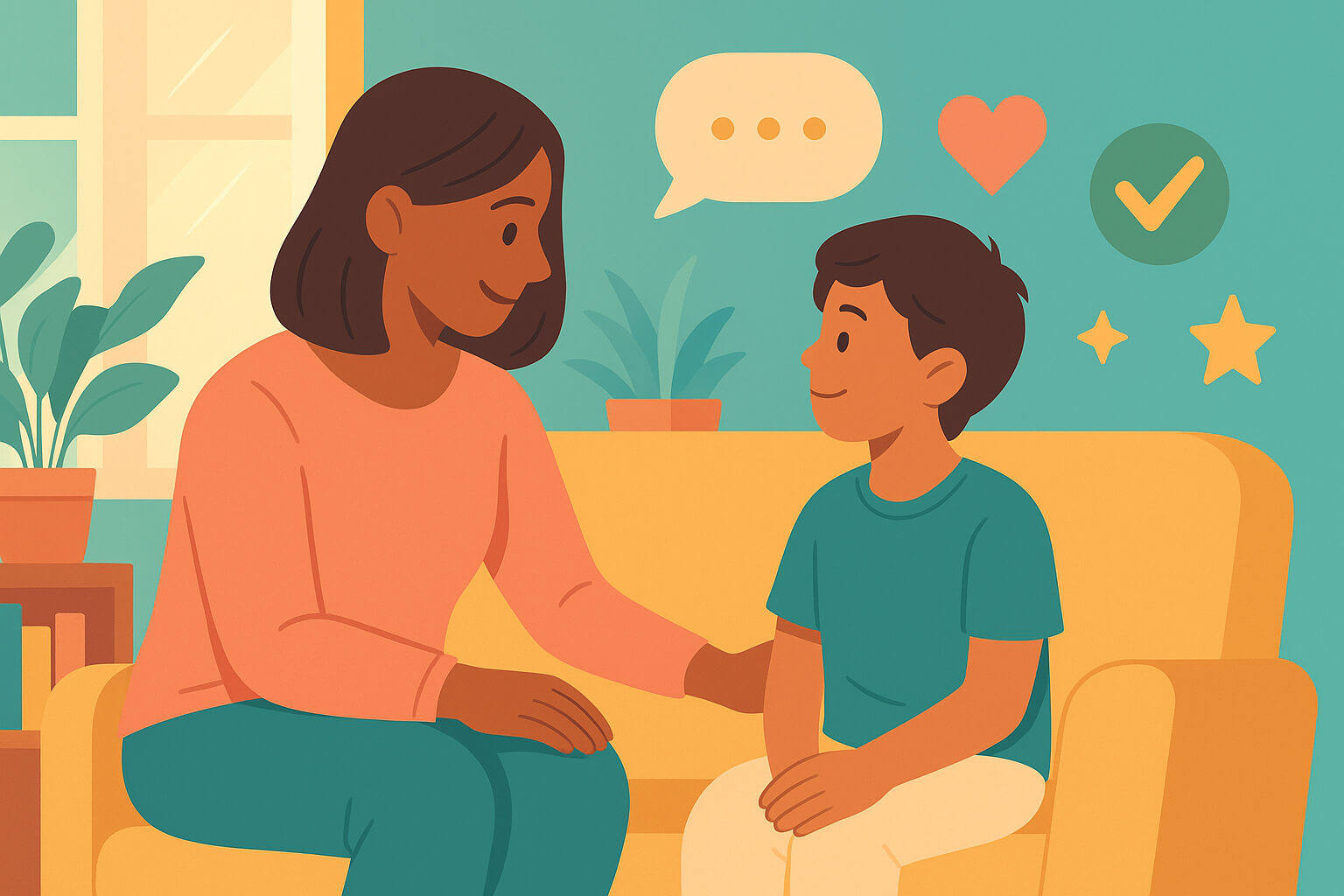
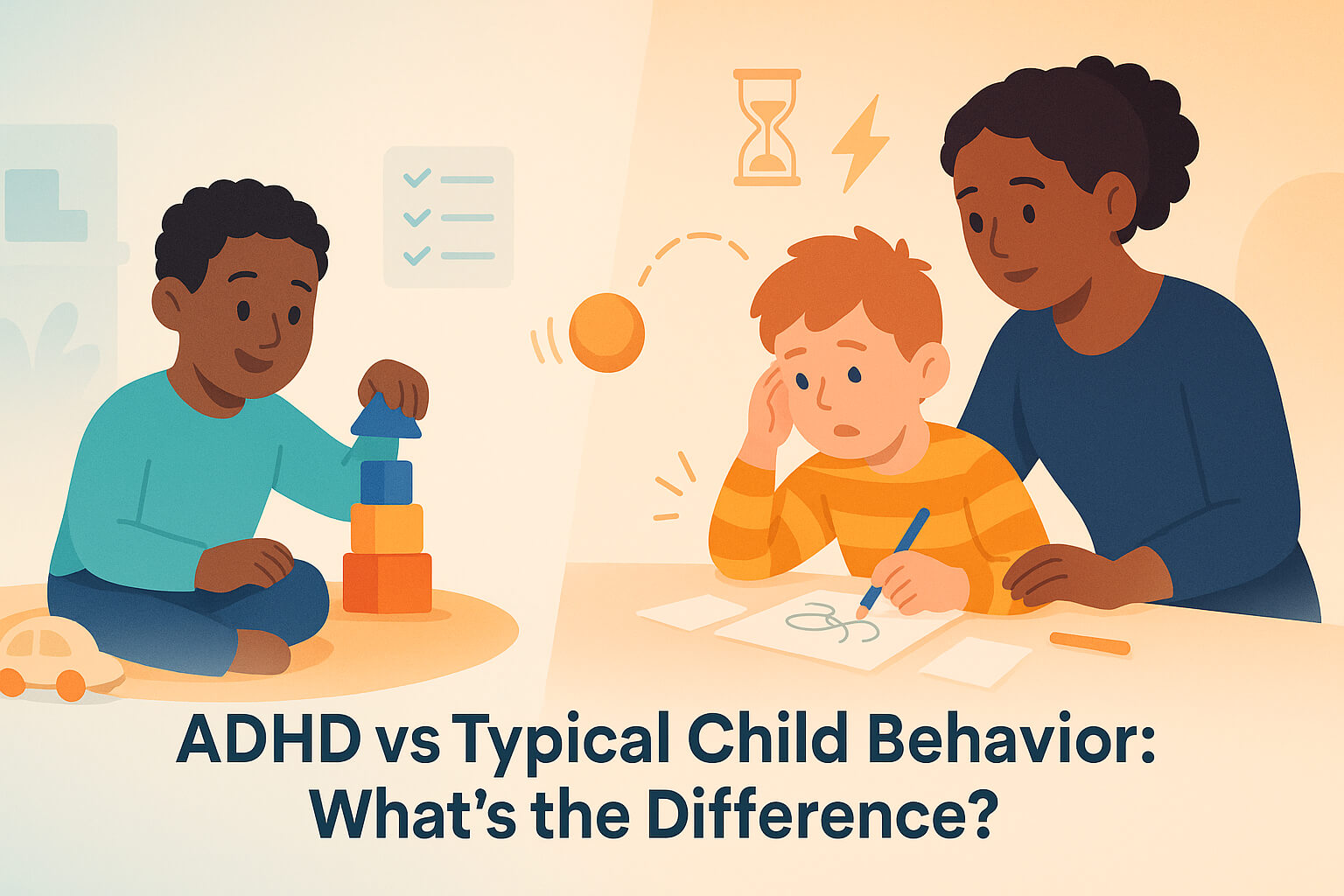
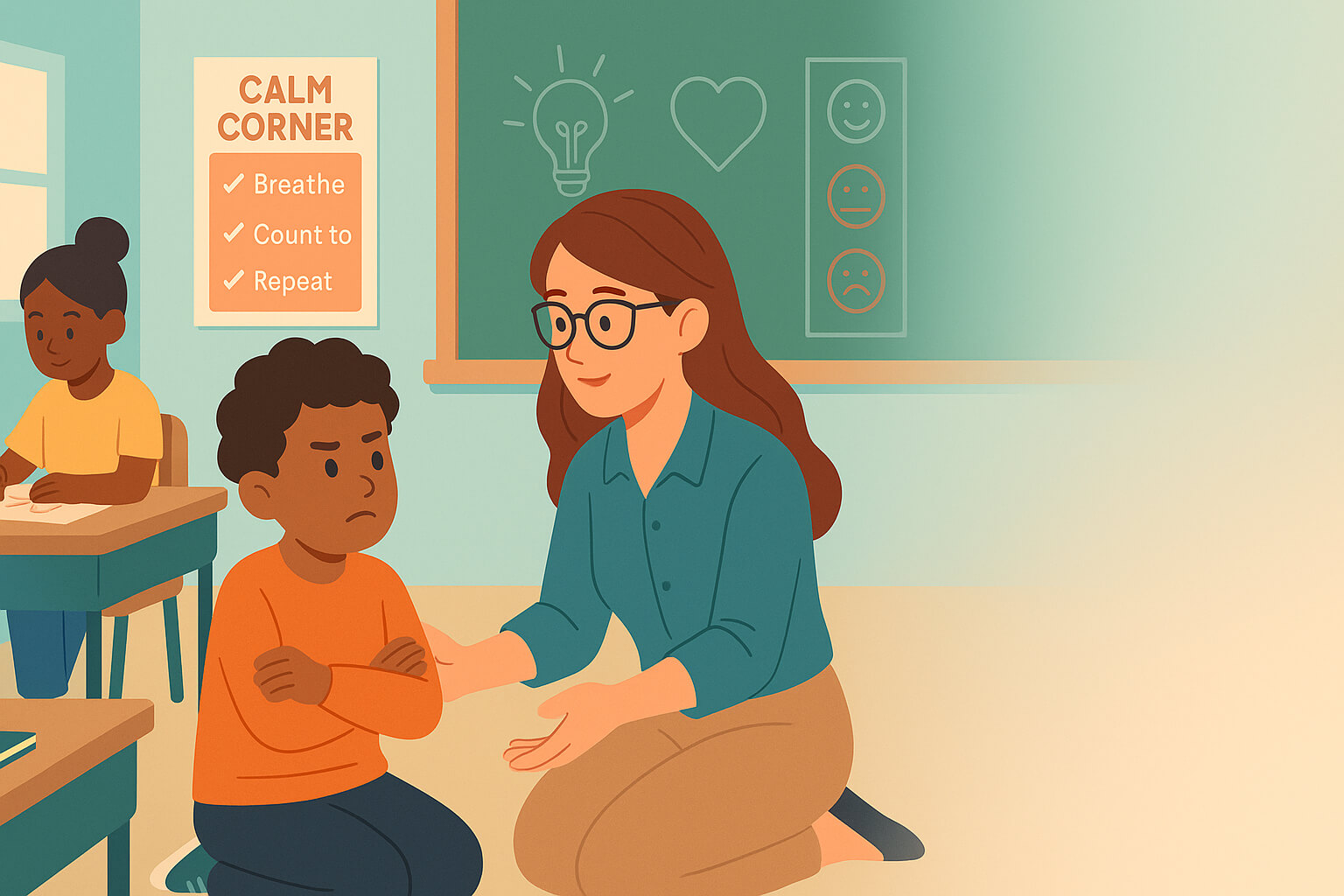
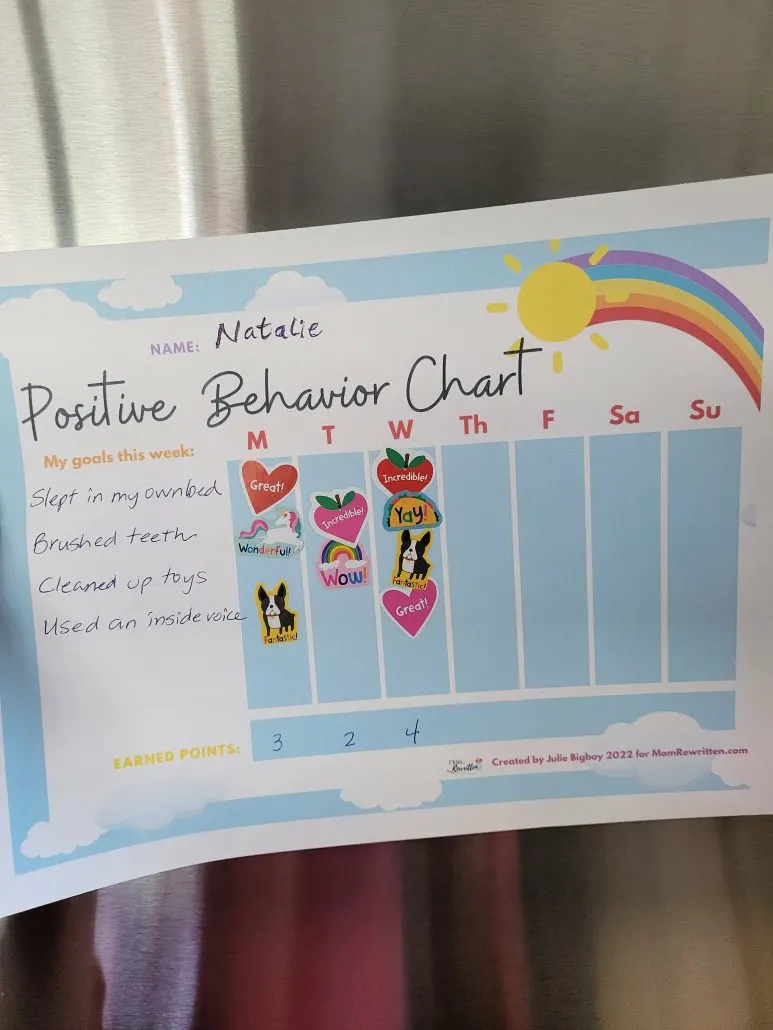
4 thoughts on “When Can Baby Sit in Stroller Without Car Seat?”